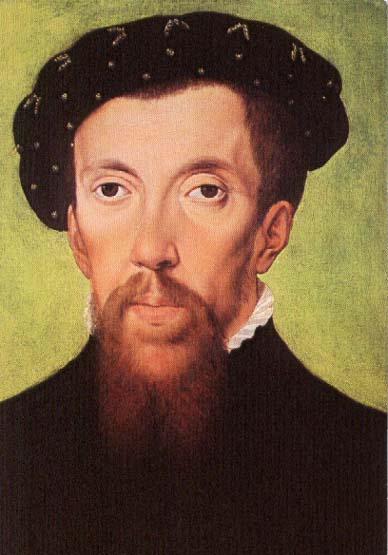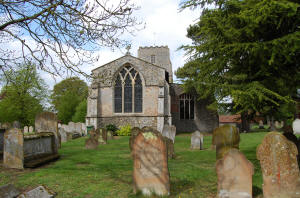| Kenninghall lies a few miles east of
East Harling.
The name is probably a corruption of 'Cyning-Halla'
meaning King's Hall. Kenninghall palace was originally
the home of the Dukes of Norfolk before it was seized by
Henry VIII and given to his daughter. Today, all that
remains of the Palace is a rectangular earthwork.
Kenninghall also has links with Queen Boadicea who may
have lived at Candle Yards. It is also possible that
Boadicea (Boudicca) is buried in a hill at nearby
Quidenham.

Henry Howard, Earl of
Surrey
Henry Howard, Earl of Surrey (?1517-1547) was
probably born at Kenninghall Place - part of the original Palace. Howard,
along with Sir Thomas Wyatt, played a vital role in
pioneering the use of the sonnet in English. Both poets
studied Italian sonnets - such as those by Petrarch.
Howard also innovated the use of blank verse in his
translation of the Virgil's Aeneid.
Howard was executed on the charge of
quartering the royal arms and is buried in Framlingham
Church in Suffolk. Howard also has links with Surrey
Street in Norwich - where his father built 'Surrey
House' - the site of which which became the location for
G. J.
Skipper's grand Norwich Union building.

St. Mary's Church
Kenninghall
In 1906 Virginia Woolf, who was staying
at nearby Blo' Norton Hall,
cycled to Kenninghall in search of a Saxon burial
ground. However, she couldn't find the site and ended up
visiting St. Mary's churchyard instead. Here is the
entry from her journal:
|

